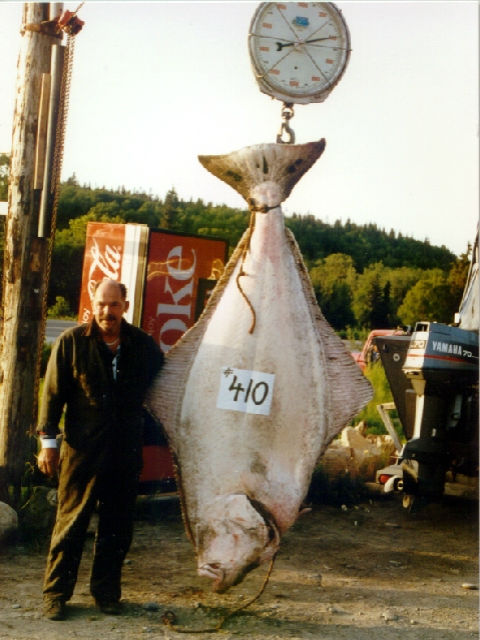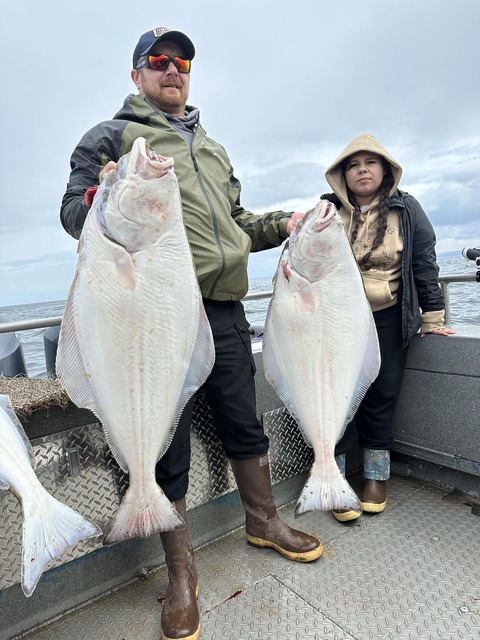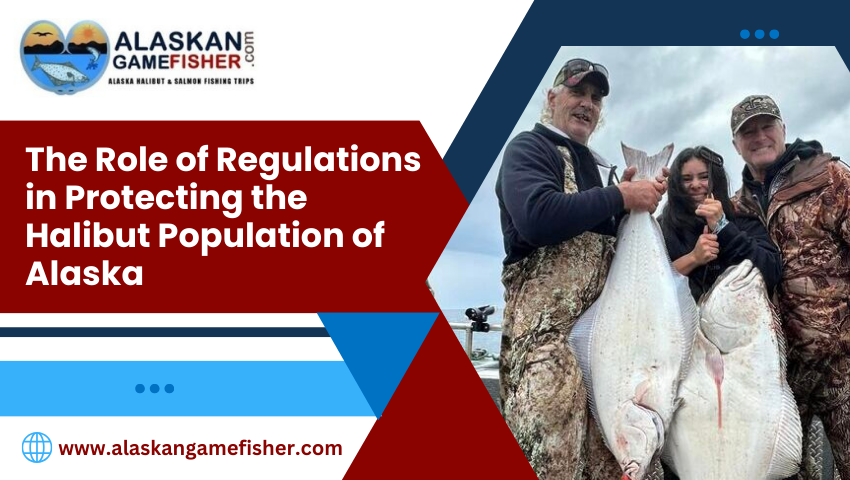The Role of Regulations in Protecting the Halibut Population of Alaska
Key Insights
Alaska is undoubtedly a fishing paradise. To date, the commitment of the authorities to remain steadfast in maintaining the environmental balance is evident in its strict fishing laws. These regulations are essential to maintaining sustainable halibut fishing methods, which benefit the ecosystem and financial health of the fishing sector.
Overview
With a brimming halibut population, anglers and fishing enthusiasts have shown keen interest from across the globe. In addition to being a well-liked pastime, halibut fishing in Alaska makes a substantial economic contribution to the state. The state is home to some of the top Homer Alaska halibut fishing locations, such as Homer and Seward, which attract tourists from worldwide. But, the continued existence of this treasured resource depends on sensible legislative actions.
It is impossible to overestimate the importance of laws in preserving the halibut population. These regulations are necessary to balance commercial and recreational fishing interests and the long-term viability of the halibut stocks.
Alaska can protect its halibut fishing history for future generations by adhering to and enforcing these specified regulations.
Although halibut is caught in the trawl and hook-and-line groundfish fisheries, it is caught as bycatch by vessels utilizing pot, jig, and hook-and-line gear in the Gulf of Alaska and the Bering Sea/Aleutian Islands area.
Regulations were in place as the groundfish fisheries grew to reduce the halibut bycatch and lessen its effects on the directed halibut fisheries.
The Importance of Regulations

Regardless of the fish condition, regulations mandate that any halibut accidentally obtained in groundfish fisheries be discarded. By implementing prohibited species catch (PSC) limitations for target fisheries, gear types, and seasons, halibut bycatch is managed in the groundfish fisheries.
When a halibut PSC limit is reached for a specific sector or season, groundfish fishing is forbidden. In certain instances, this has led to the closure of groundfish fisheries before the total authorized catch (TAC) for the year is harvested.
Sustainable Harvesting
One of the main objectives of halibut fishing laws, the actions taken, entail establishing fishing seasons, imposing size limitations, and establishing annual catch limits. By doing this, the state prevents overfishing and depletion and guarantees that halibut populations stay stronger and healthy.
For more information on how these regulations are structured, see our blog on Navigating Alaska Halibut Fishing Regulations: Size, Bag, and Season Limits.
Safeguarding Young Halibut
Regulations are essential for safeguarding juvenile halibut as well. Lower size limitations help younger halibut to grow and reproduce by ensuring that only adult fish are caught. This tactic promotes long-term sustainability and a steady population structure.
Key Regulations in Halibut Fishing

Catch Limits
Annual catch limits are stated by the International Pacific Halibut Commission (IPHC) for both commercial and recreational fisheries. These caps ensure that fishing operations stay in line with the population’s ability to renew because they are based on the scientific evaluations of halibut populations.
Restrictions on Size
There is a minimum size requirement for maintaining the halibut population in Alaska. By protecting the species, young fish can mature and become part of the population. Respecting the size limits is essential to keeping the age distribution of the halibut population in check.
Seasonal Guidelines
Alaska’s halibut fishing season is strictly controlled. It is done to avoid overfishing at prime times. The halibut fishing Alaska season, which lasts from early March to mid-November, strikes a compromise between the demands of conservation and fishing opportunities.
Halibut Fishing in Homer, Alaska -The Current Regulatory Compliance
Homer, Alaska, is well known for having an extensive halibut population. It is described as the “Halibut Fishing Capital of the World.” Homer enjoys an advantageous location along Kachemak Bay, thus making it convenient for fishermen to get to some of the best fishing areas.
The fishermen of Homer are accustomed to following local, state, and federal laws. Anglers are largely educated about different features that can influence your fishing experience. These include size restrictions, catch quotas, and ethical fishing methods by local guides and charter services.
Halibut Fishing in Seward, Alaska
Halibut fishing in Seward, Alaska gained prominence in recent times. Like Homer, the fishing business in Seward emphasizes following governmental rules. Together, local groups and state institutions enforce regulations and inform the public about sustainable fishing methods.
Takeaway
In Alaska, sustainable halibut fishing is based primarily on the adherence of the governmental regulations. The state maintains a healthy and robust halibut population by regulating fishing seasons with dexterity, imposing size limitations, and setting out catch quotas.
These precautions are intended to protect the future of halibut fishing in Alaska while offering fishermen outstanding experiences in well-known halibut fishing homes in Alaska and Seward sites. For more insights on halibut fishing in Alaska, refer to the blog “All About Halibut Fishing Trips in Alaska: Your Ultimate Guide“.

